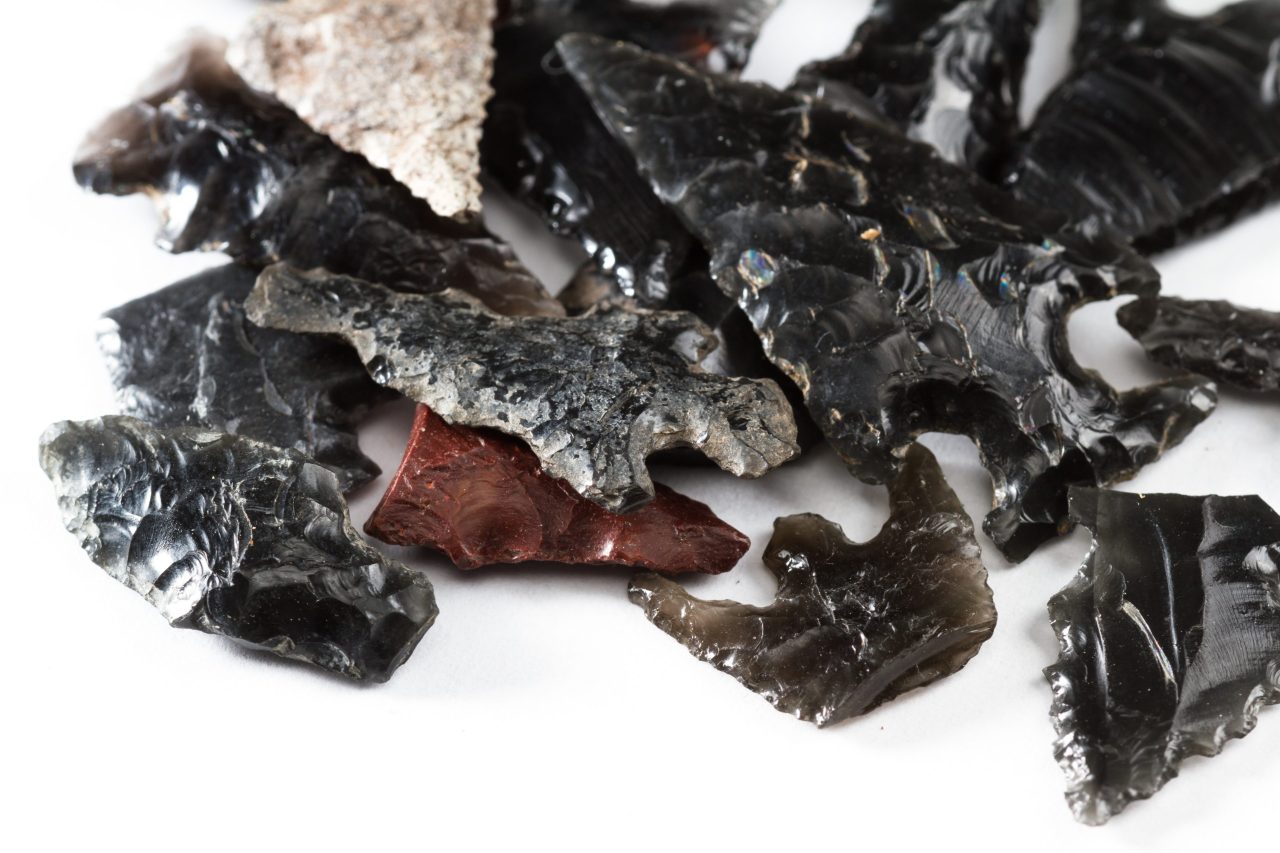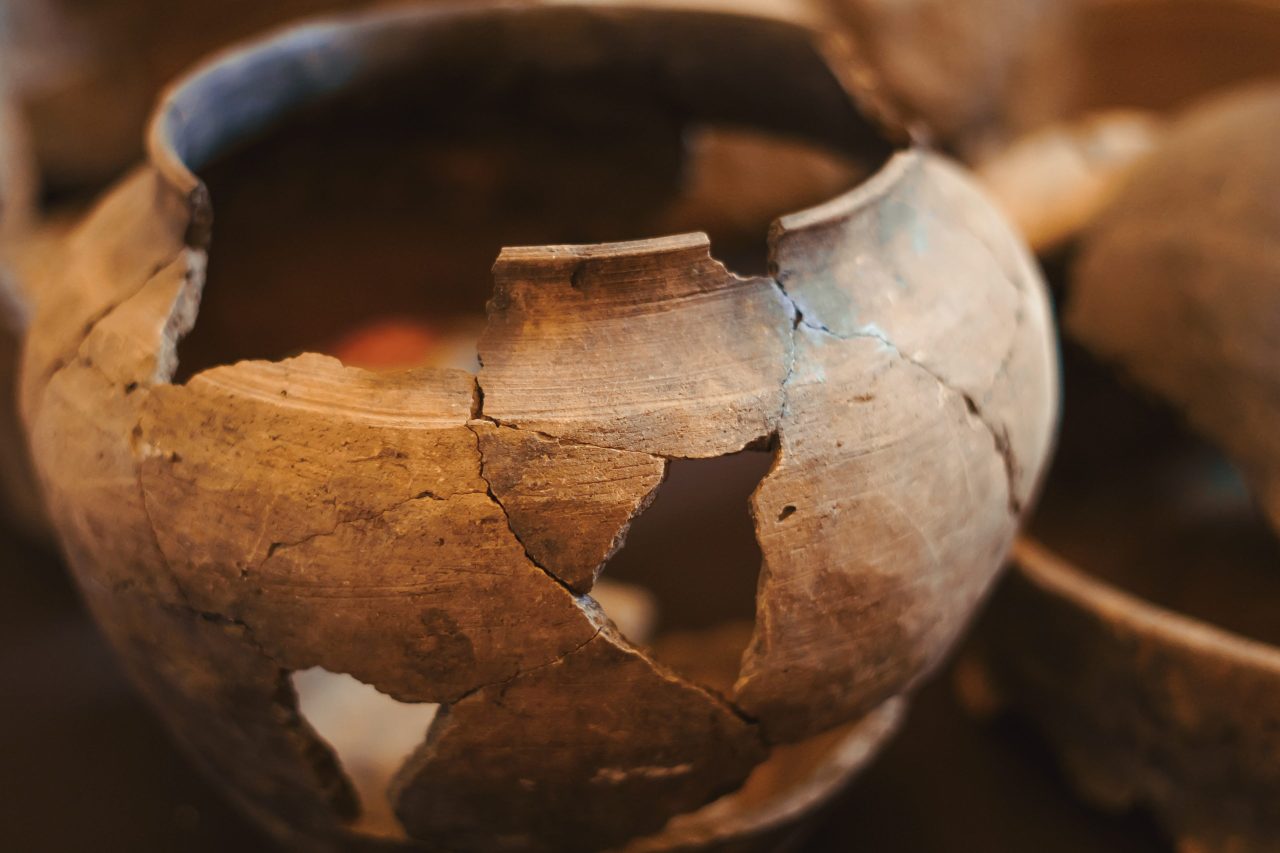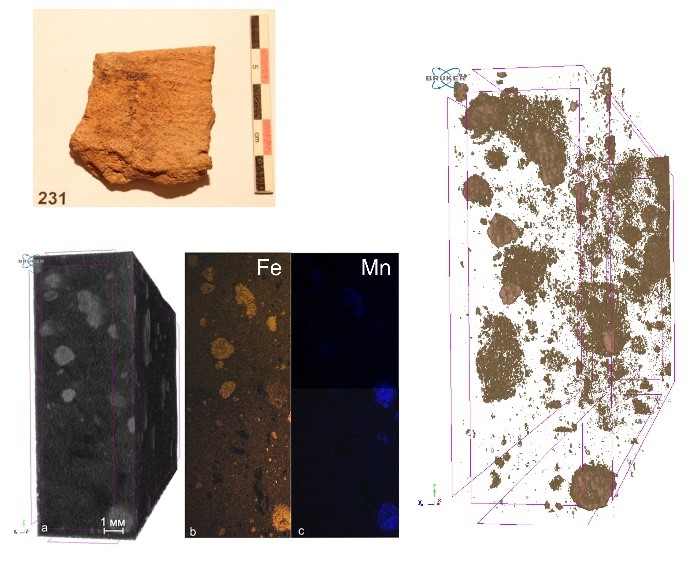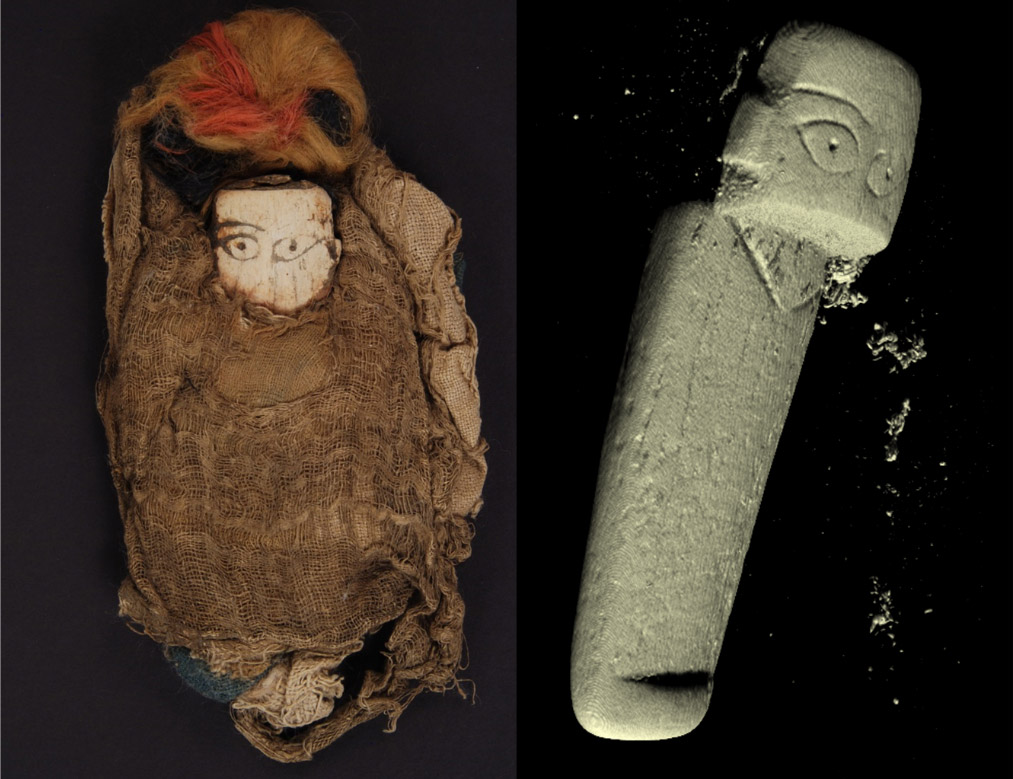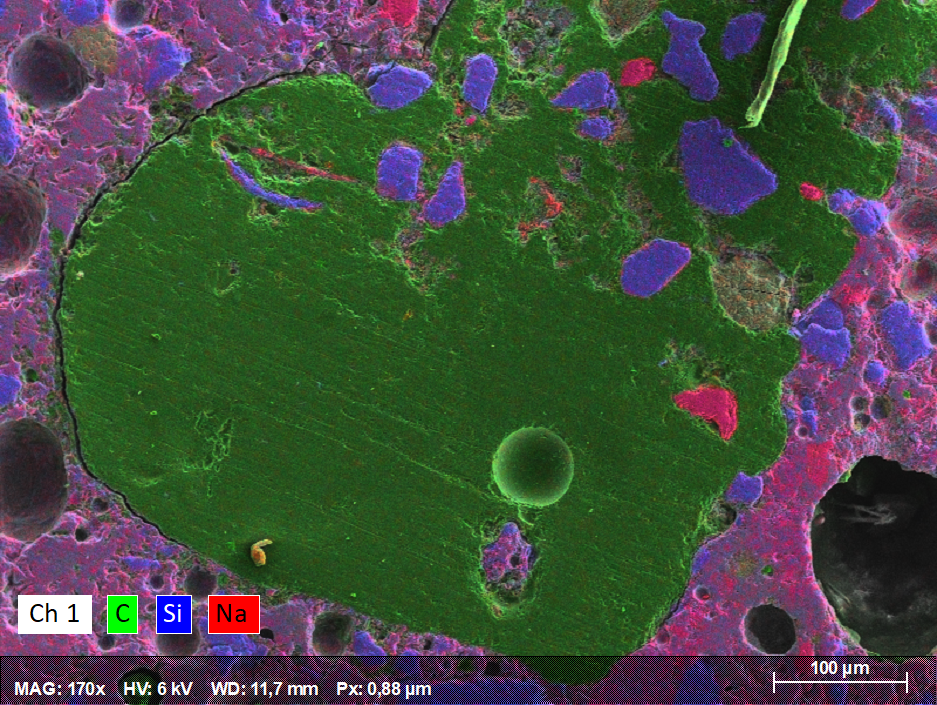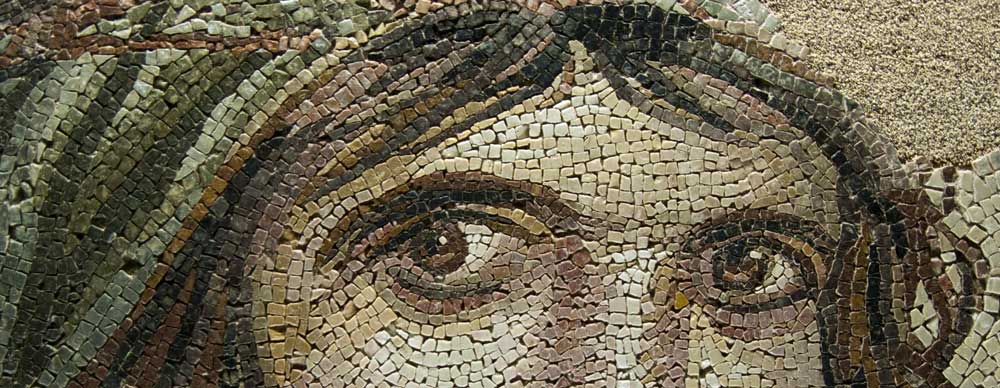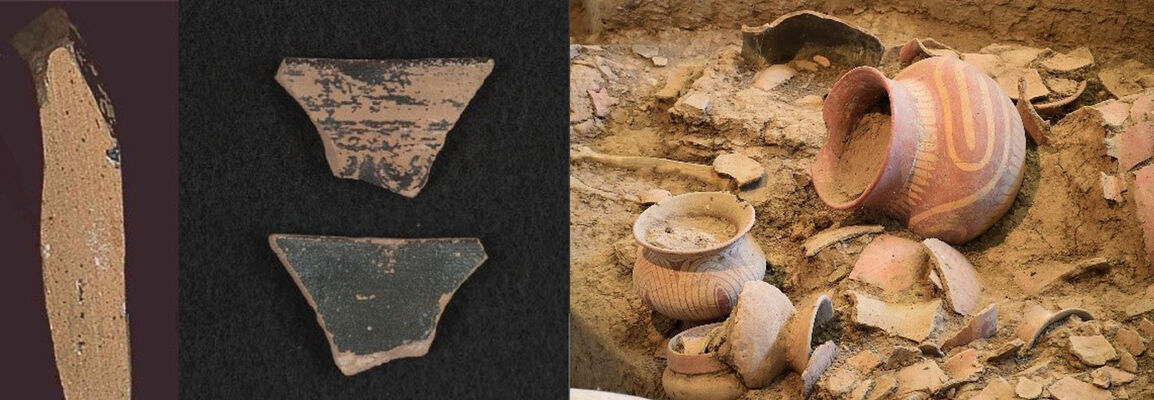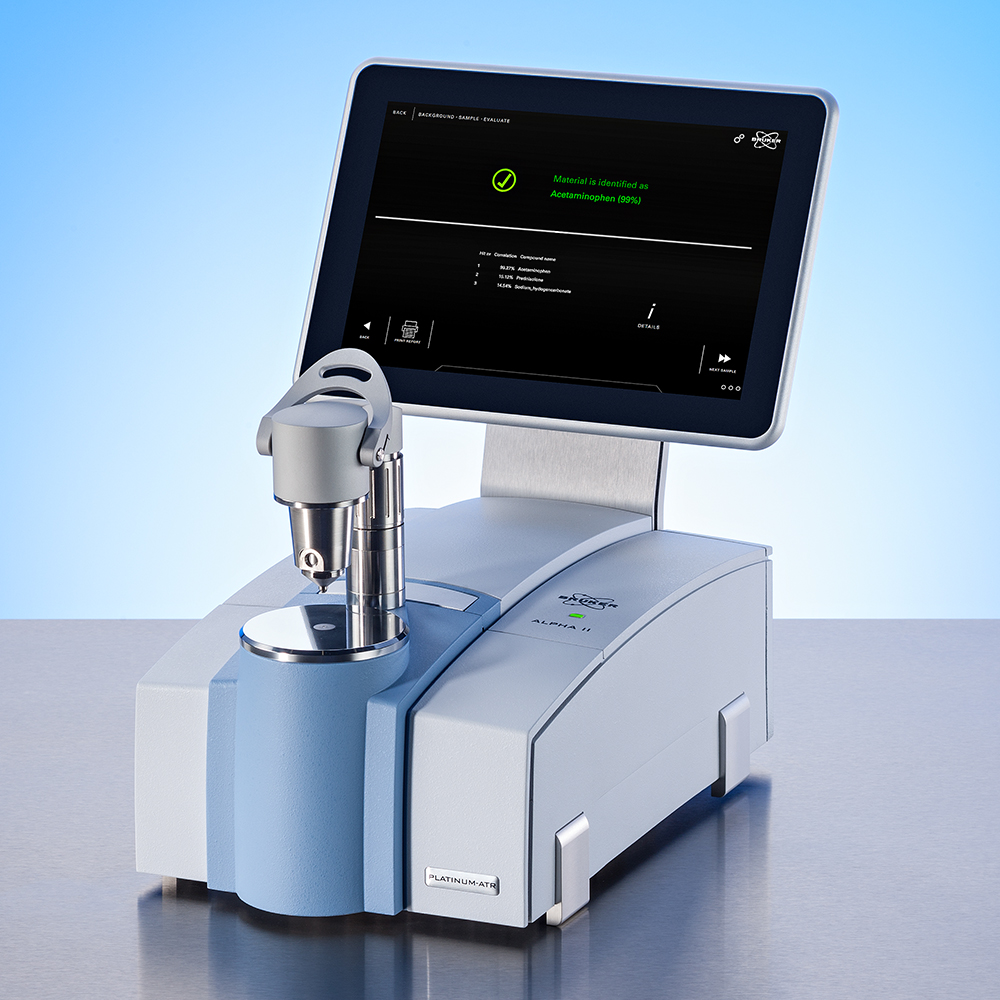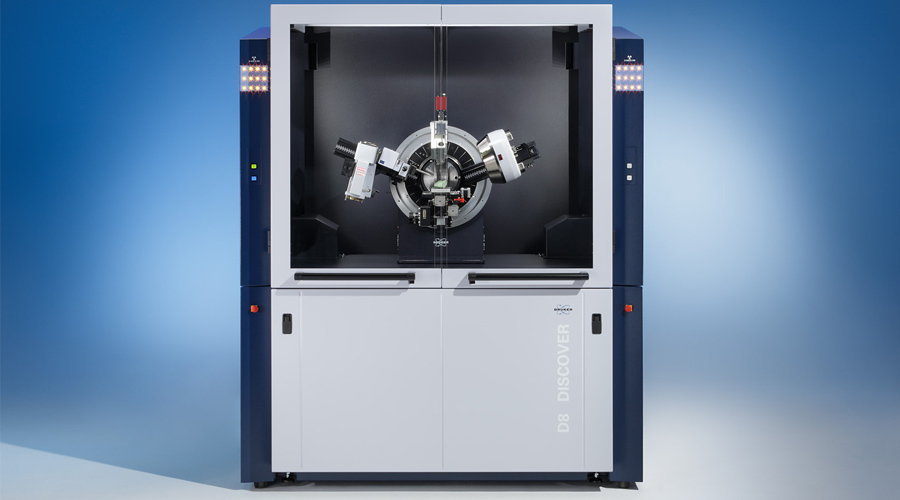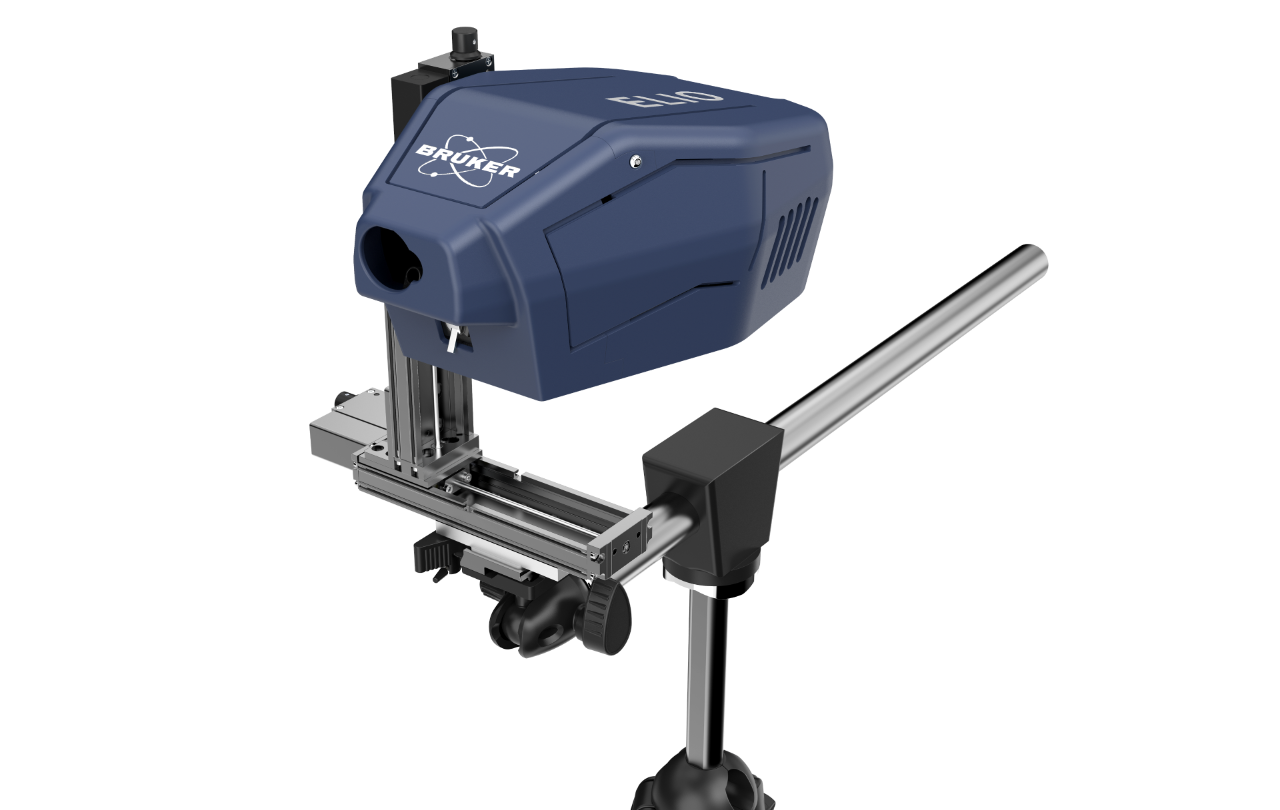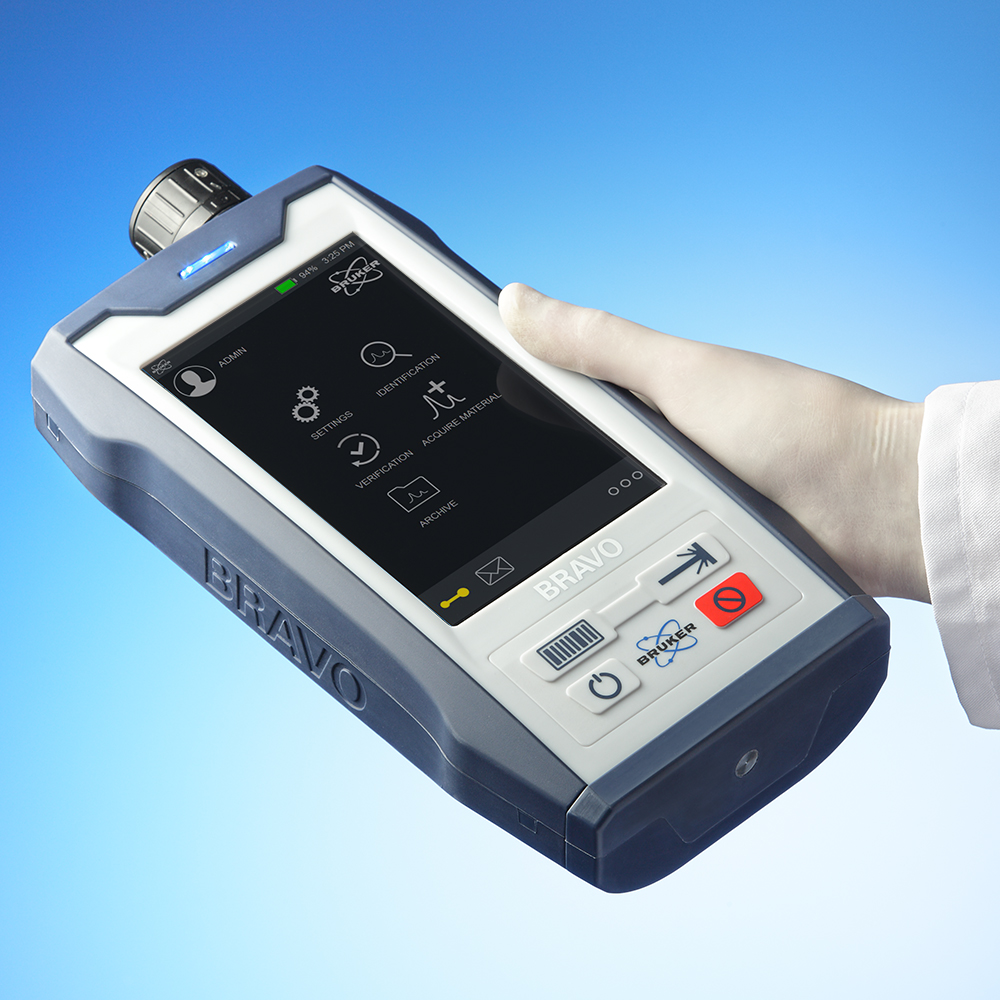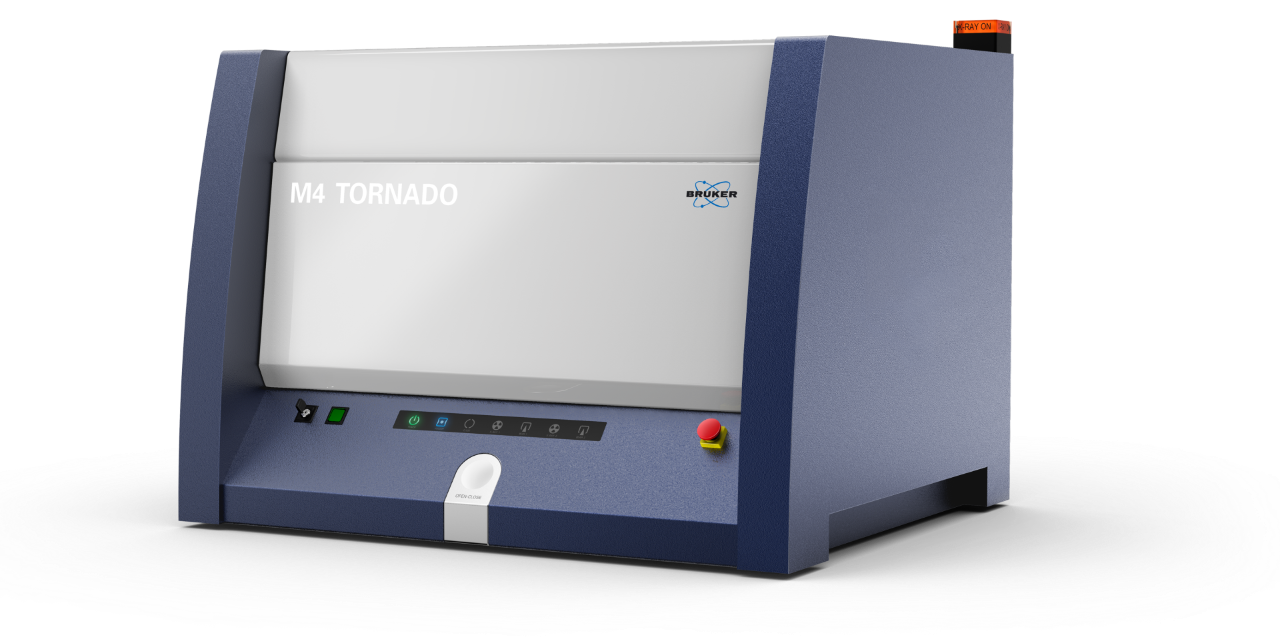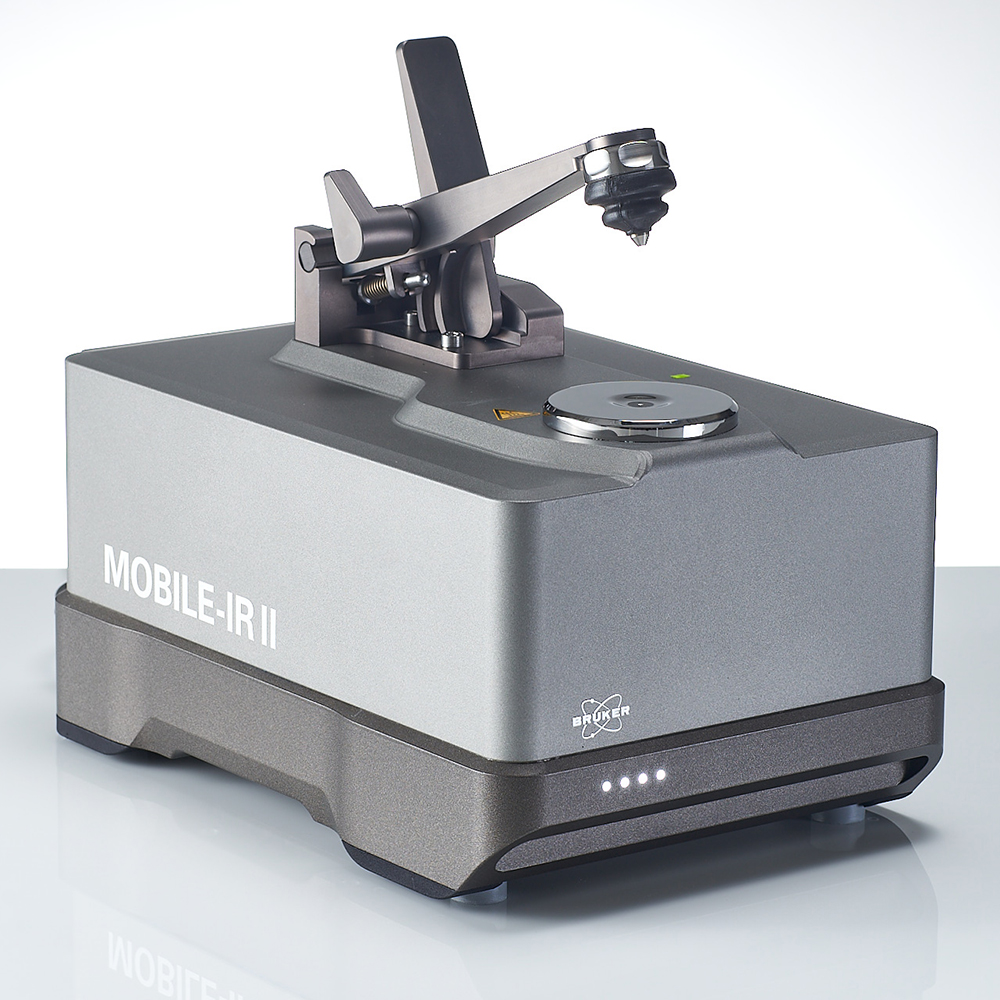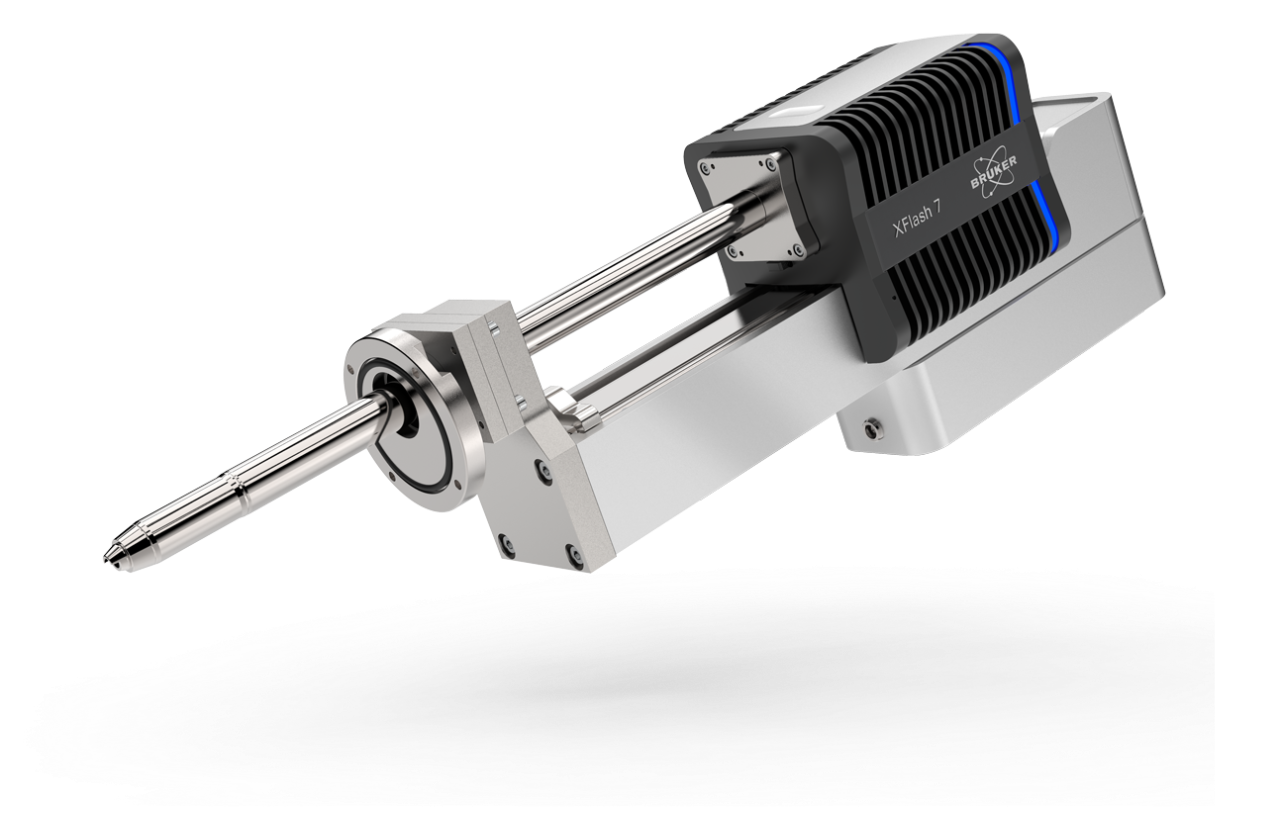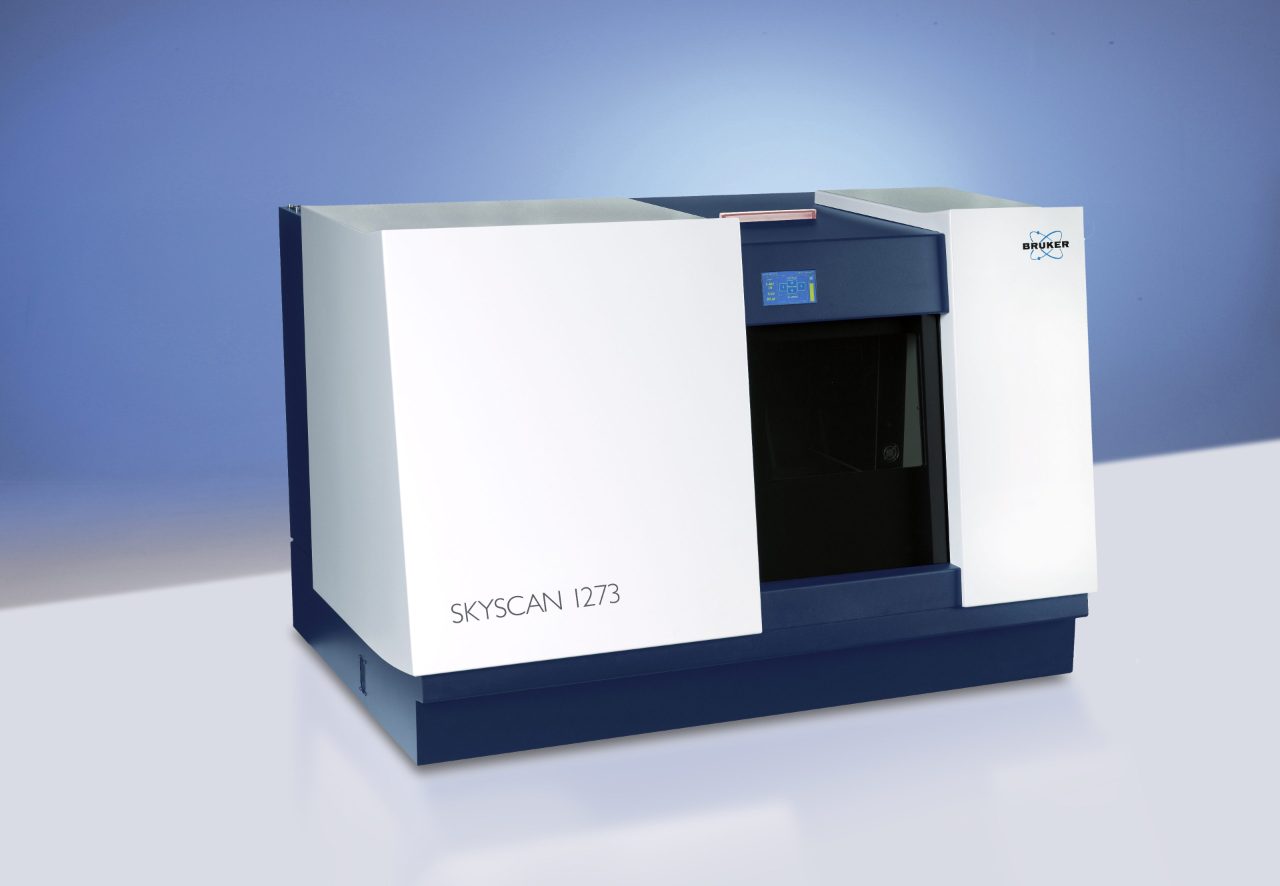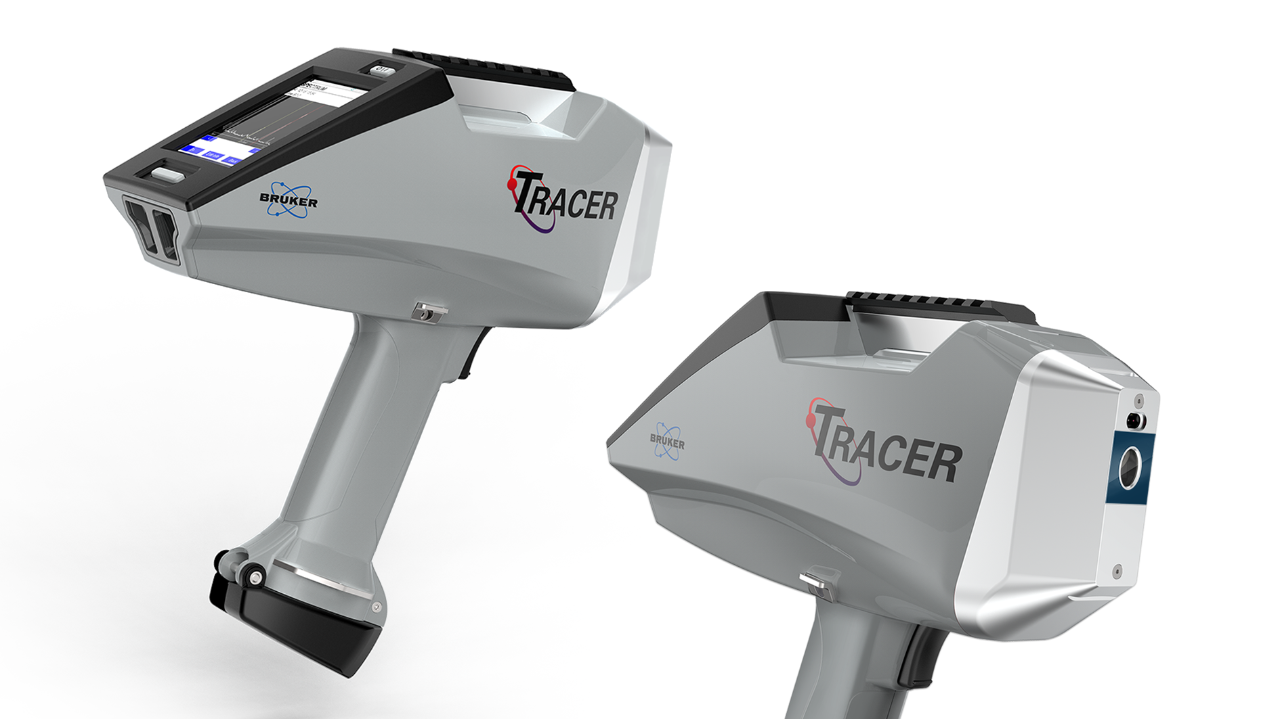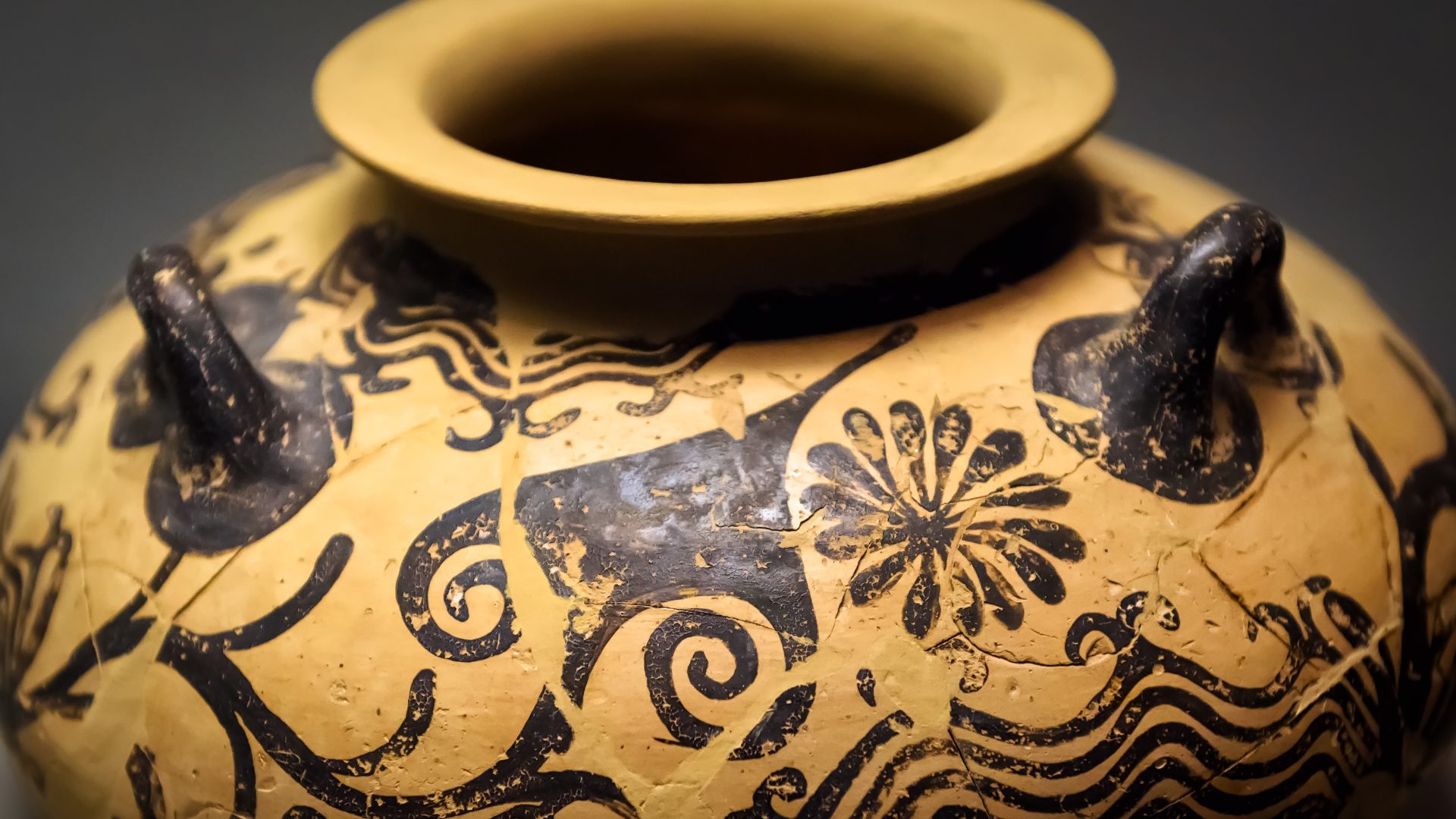

Archaeology and Archaeometry
Analyzing Cultural Heritage
We learn about our collective histories through the recovery and analysis of objects and artifacts, and based on the context in which they are found. Knowing the composition of artifacts feeds the imagination to enter the world of our ancestors. From the tracing of artifacts to the origins of their raw materials, to mapping technological change through time based on compositional variations in anthropogenic materials, we are gaining more insights into the paths that led us to our present. Portable, mobile, and flexible approaches to analysis, with all of the capabilities of a lab-based analytical suite, can help you take us back in time.
Recent Publications
The two-dimensional trace elemental analysis of archaeological samples is possible at the micrometer scale using micro-XRF on SEM. This research looks at a northern European glass sample dating back to the iron age.
Learn more here:
Major to trace element imaging and analysis of iron age glasses using stage scanning in the analytical dual beam microscope (tandem)
Vicenzi, E. P., Lam T., Weaver J. L., Herzing J. L., McCloy J. S., Sjöblom, Pearce C. I.
Heritage Science, 10, 2022
Interested in analysis of ancient bronzes? Here's a study that uses Bruker's TRACER 5 to understand the beginnings of bronze metalwork in Malta.
Learn more here:
The Emergence of Copper-Based Metallurgy in the Maltese Archipelago: an archaeometric perspective
Tanasi, D., Tykot, R.H., Hassam, S., Vianello, A.
STAR: Science & Technology of Archaeological Research, 2019
Bruker's TRACER 5 has been used for non-destructive analysis of stone artifacts and regional volcanic rock sources to establish production and regional exchange networks in the New Britain area of Papua New Guinea.
Learn more here:
Penguilley, A., Brand, C., Flexner, J., Specht, J., Torrence, R.
Archaeology in Oceania, 54, 200-213, 2019
Bulk mineralogical compositions of important Terra Sigillata ceramics were determined in this recent study by ALPHA FTIR to shed light on manufacture techniques from three separate and distinguishable production sites.
Learn more here:
Comparing ceramic technologies: The production of Terra Sigillata in Puteoli and in the Bay of Naples
Grifa, C., Germinario, C., De Bonis, A., Langella, A., Mercurio, M., Izzo, F., Smiljanic, D., Guarino, V., Di Mauro, S., Soricelli, G.
Archaeology in Oceania, 54, 200-213, 2019
